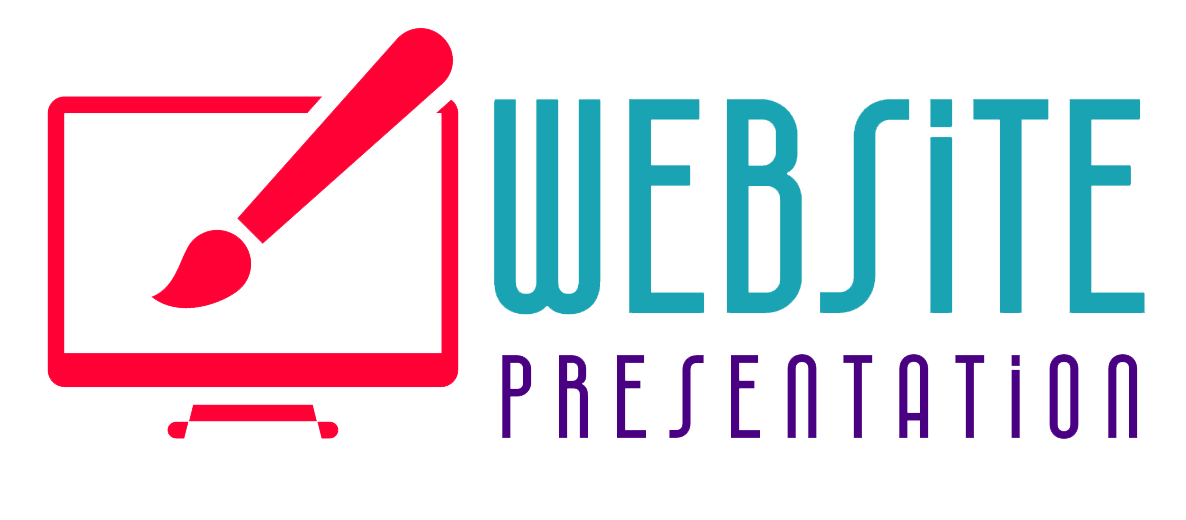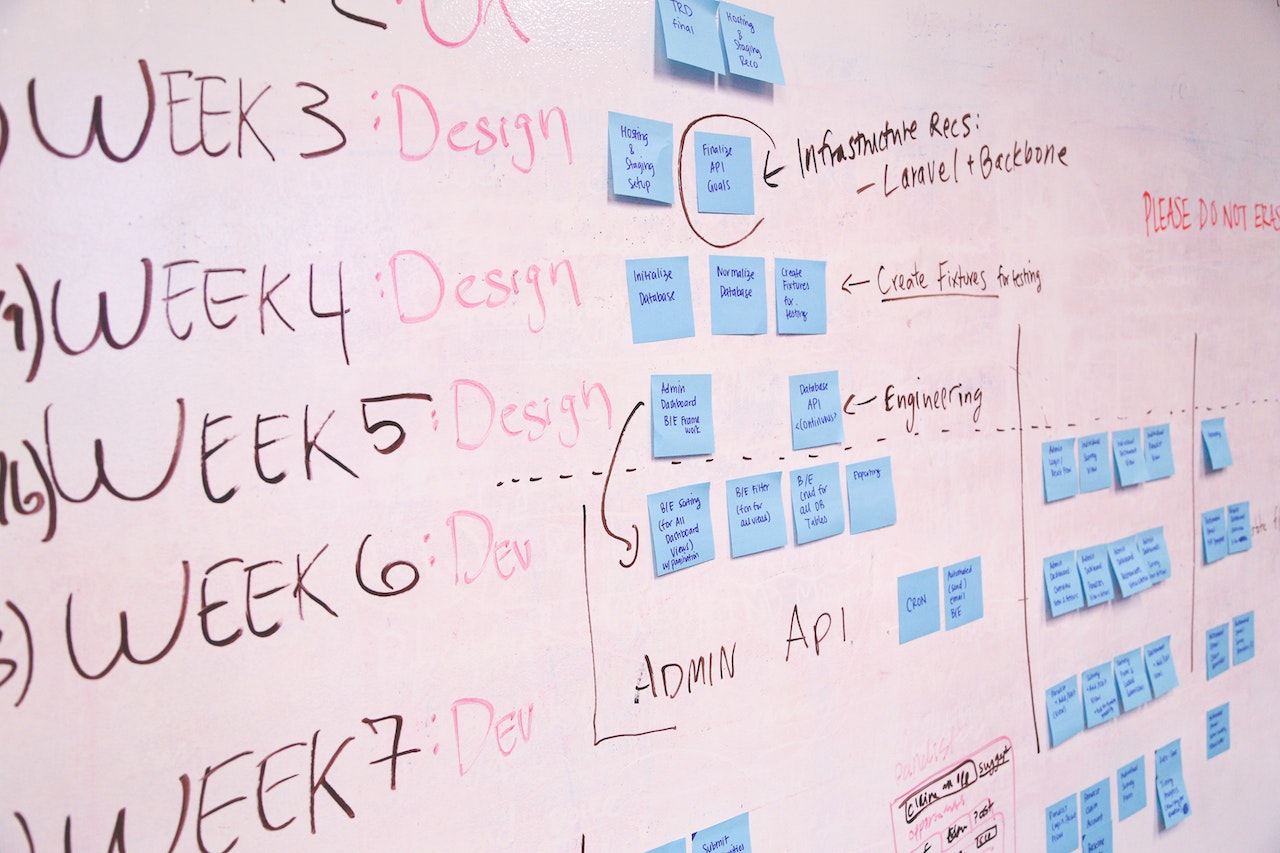As a business owner or individual looking to create a new website, one of the most common questions you may have is about the timeline and cost involved. How long does it take to launch a new website? What factors can influence the duration of the project? In this comprehensive guide, we will provide you with insights into the various stages involved in designing and developing a website, along with estimated timelines for each phase.

1. Strategy & Planning: 2 to 10 weeks
The initial phase of any web design project is establishing a solid strategy and plan. This stage sets the foundation for the success of the entire project. During this phase, extensive research is conducted, strategy sessions are held, and a creative brief is written. Technical briefs and more detailed documentation, such as plans and wireframes, are also created.
The timeline for this phase can vary depending on the complexity of the project. Smaller websites may require only a couple of weeks to finalize the strategy and planning, while larger and more intricate projects can take up to 10 weeks.
2. Design: 4 to 12 weeks
Once the strategy and planning phase is complete, the project moves into the design stage. Based on the information gathered during the previous phase, design mockups are created. These mockups serve as visual representations of the website, allowing stakeholders to provide feedback and make necessary revisions. The goal is to establish a design that aligns with the project’s goals and objectives.
Design mockups typically include homepage designs, multiple internal page designs, and versions for desktop and mobile views. The duration of this phase can range from 4 to 12 weeks, depending on the complexity of the design and the number of revisions required.

3. Development & Programming: 5 to 15 weeks
With the approved design in hand, the project moves into the development and programming phase. This is where the website starts to come to life. The development team works on coding the website, integrating various elements, and ensuring smooth functionality.
The timeline for this phase can vary greatly depending on the size and complexity of the website. A simple informational website may take around 5 weeks to develop, while a larger e-commerce site with custom web applications and integrations can take up to 15 weeks.
4. Content Writing & Assembly: 6 to 15 weeks
Good content is essential for any website. During this phase, the focus is on creating and assembling the content that will populate the website. This includes writing new text, editing existing content, and optimizing it for search engines. The content creation process may involve establishing key messages, creating headlines, page titles, captions, and tags, as well as migrating content from existing sites.
The duration of this phase can range from 6 to 15 weeks, depending on the amount of content that needs to be created and the complexity of the website’s structure.

5. Beta Testing and Review: 2 to 6 weeks
Once the content has been added to the website, it enters the beta testing and review stage. This is a crucial step to ensure that the website is optimized across different browsers, screens, and mobile devices. The client and other stakeholders are given the opportunity to review the site and provide feedback in a password-protected environment.
In addition to gathering feedback, the testing team also conducts thorough testing to identify any bugs or issues that need to be addressed. The duration of this phase can range from 2 to 6 weeks, depending on the complexity of the website and the number of revisions required.
6. Site Launch: 1 day to 2 weeks
Once the website has been thoroughly tested and all necessary revisions have been made, it is ready for launch. The site can be launched without interrupting the current website’s availability. The launch process can be relatively simple and quick or more complex, depending on the specific requirements of the client.
The duration of the site launch phase typically ranges from 1 day to 2 weeks, depending on the technical considerations involved in deploying the website.

7. Maintenance & Enhancements: Ongoing
After a website is published, it requires regular maintenance, including hosting, security, and content creation. It is also important to prioritize accessibility and utilize user feedback to make continuous improvements. We suggest scheduling periodic reviews for certain clients’ sites to ensure ongoing enhancements.
The Bottom Line
In conclusion, setting proper timelines for web design project proposals is crucial for ensuring a smooth and successful project execution. By accurately estimating the time required for each task and setting realistic deadlines, both clients and designers can have a clear understanding of the project scope and deliverables. This not only helps in efficient resource allocation but also promotes effective communication, collaboration, and client satisfaction.
Additionally, setting proper timelines allows for better project management, reducing the risk of delays and ensuring timely completion. Ultimately, by incorporating well-defined timelines into web design project proposals, businesses can streamline their processes, enhance productivity, and achieve their desired outcomes.







